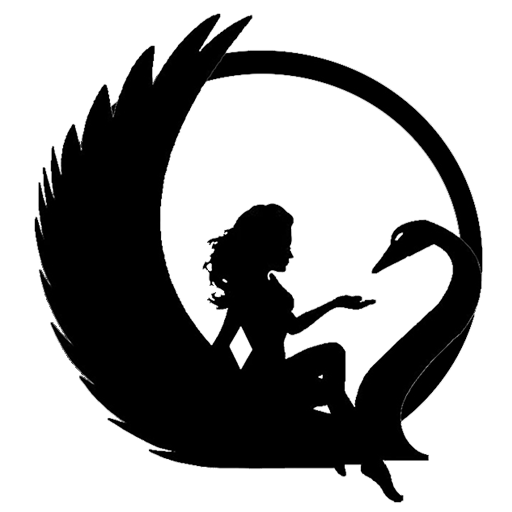Brzezany, Galicia.
Photographer: K.u.k War Press.
A soldier prepares a carriage while what appears to be a pair of German Rottweiler Metzgerhunds patiently wait to be on their way in this photo that was produced in 1916 in Brezezany – a small town in Galicia, Austria that lay some 55kms away from the city of Lviv in Ukraine.
During World War I that officially lasted between the 24th of July 1914 and the 11th of November 1918, canines of all breeds and sizes came to participate in warfare like never before in the history of mankind. On the western and eastern front, in Europe, as the forces of the Bulgarian, Ottoman, German and Austro-Hungarian empire faced off against a coalition of six allied nations, dogs on both sides pawed in to successfully accomplish a wide range of tasks.
They hauled supply carriages, heavy mortars and machine guns. Guarded prisoners and camps especially in cold regions where humans froze to death. Rescued the wounded from battlefields. Scouted and alerted of enemy presence. Carried field telephones, wires and delivered messages on their own under shelling and through inhospitable terrains. Pulled miniature ambulances for the Red Cross, and provided recuperating and frontline soldiers with comfort and companionship.
Their ability to negotiate snowy and muddy fields better than horses, oxen and mules further made them one of the most preferred modes of transport in the armies of Britain, France and Germany – with the British alone training over two thousand dogs for war service.
The Germans, however, were the first to recognize the potential dogs had for warfare especially when it came to their greater ability to understand spoken words and signs, and for their intelligence and undying loyalty. By 1914, Germany had already trained some 6,000 dogs for war duty and during the conflict requisitioned some 28,000 dogs for active service. The canines had also proved useful when the German army had faced an acute shortage of horses in the aftermath of the Aragon offensive of 1918.
Brzezany, Galicia where this photo was taken in 1916 was then a part of the Austro-Hungarian empire and had witnessed two major engagements between the Russians and the Austro-German armies. In the first engagement, 3rd September 1916, the Russian 7th army had captured the heights located on the southeast of the town but retreated following an Austrian counteroffensive the next day.
The second Russian offensive had taken place under General Aleksei Brusilov on the 1st of July 1917. Although the Russians at the beginning had possessed a numerical advantage over the Austro-German defenders and initially managed to break through the defences. A counter-attack on the 6th of July 1917 followed by a major thrust by the German Southern Army on 19th of July 1917 had produced a critical defeat on the demoralized Russian army suffering from a breakdown in discipline and mass desertions.
In Deutsch or the German language, Rottweiler Metzgerhunds means a butcher’s dog from Rottweil – a town in Southern Germany that was originally established by the Romans and in later centuries was an important commercial centre. The name Rottweil coming from the red colour of the bricks used by the Romans to build the town.
The powerfully built dogs were primarily domesticated and bred for assisting butchers in herding livestock, protecting their money, and pulling carts laden with commodities. The breed is believed to have emerged in the medieval era from the crossbreeding of the local sheepdog and a type of black dog the Roman legions had brought with them to the province of Germania for herding and protecting cattle – and later during the crisis of the 3rd century, had left behind in the region of Stuttgart.
Iron blades attached to the wheels of the carriage indicate the photo was taken in the winter months of 1916. The soldiers and officers in the photo belonged to the German Southern Army, that was deployed on the eastern front of which the town of Brzezany had formed a part.
Originally titled in Deutsch, as vorfuhrung eines hundezuges in Brzezany or Demonstration of a dog train in Brzezany, the photo was taken by an uncredited photographer of the K.u.k War Press Headquarters – the Austro-Hungarian department for press activities and propaganda. The photos produced by K.u.k are now archived at the Austrian National Museum in Vienna.






